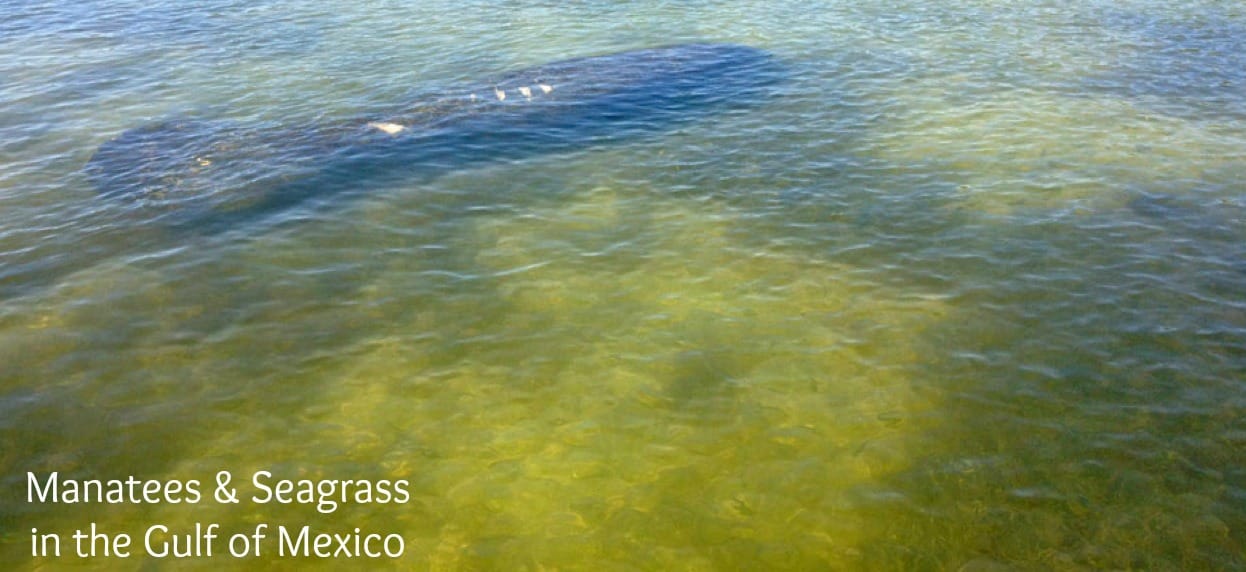Beach Safety Tips
Beach Safety Tips: Know Before You Go to Protect Your Loved Ones
Florida is a beloved vacation spot not just for its theme parks but also for its breathtaking beaches. Yet, these inviting waters can quickly become dangerous due to the rip currents known to Florida’s coastline. This article aims to provide you with crucial information, including tips for safely navigating rip currents and where you should consider setting up your beach day for maximum safety.
What is a Rip Current?
A rip current is a narrow, fast-moving channel of water that flows from the shore to deep water. Often formed by sandbars, these currents can pull even strong swimmers out into the Gulf of Mexico within seconds.
Be Informed: Read Safety Signs
Don’t ignore the safety signs posted at public beach entrances. These signs contain vital information and guidelines on water conditions, making them your first line of defense.
Visit Beaches With Lifeguards
If you’re with children or inexperienced swimmers, consider visiting beaches with lifeguards on duty for added safety.
All Sarasota County Beaches except Blind Pass Beach have lifeguards on-site. In Englewood, the only beach with lifeguards on duty is the Manasota Beach located at the north side of Manasota Key.
Beaches With Known Rip Currents and No Lifeguards
For those looking for more secluded spots, caution is advised at the following beach known for severe rip currents and lacking lifeguard surveillance.
The Southern point on Boca Grande has “no swimming” signs posted. Please heed the warnings at this Florida State Park.
What to Do if Caught in a Rip Current
If you’re caught in a rip current, remember not to panic. Resist the urge to swim directly back to shore; instead, swim parallel to the shoreline. Rip currents are generally narrow, so moving sideways usually allows you to exit the pull of the current. Once you feel the pull lessen, swim at an angle away from the current towards the shore.
Paddle Boarding and Rip Currents
If you’re an enthusiast of Stand Up Paddle (SUP) boarding, being informed about rip currents is still crucial. SUP boards can also get caught in rip currents. If this happens:
1. Don’t Panic: Keep your cool and assess your situation.
2. Get Parallel: Just like swimming, try to move parallel to the shore to escape the narrow rip current.
3. Return Safely: Once out of the current, paddle at an angle towards the shore.
Your Safety is Our Priority
Our Founder, Nicole Killian is committed to educating the public about water safety. Make your Florida beach experience a safe and memorable one by staying informed and vigilant. If you’re looking for more safety tips on paddling, visit our blog. Learn more about Nicole and her mission here.



